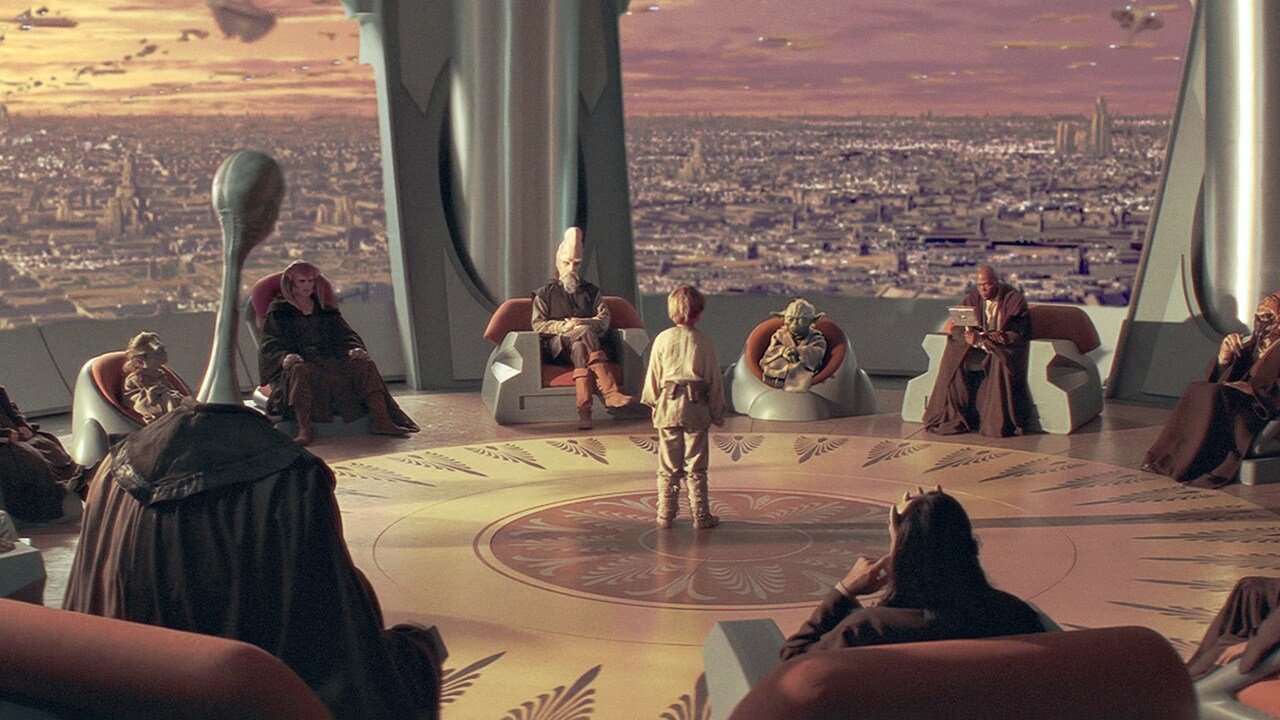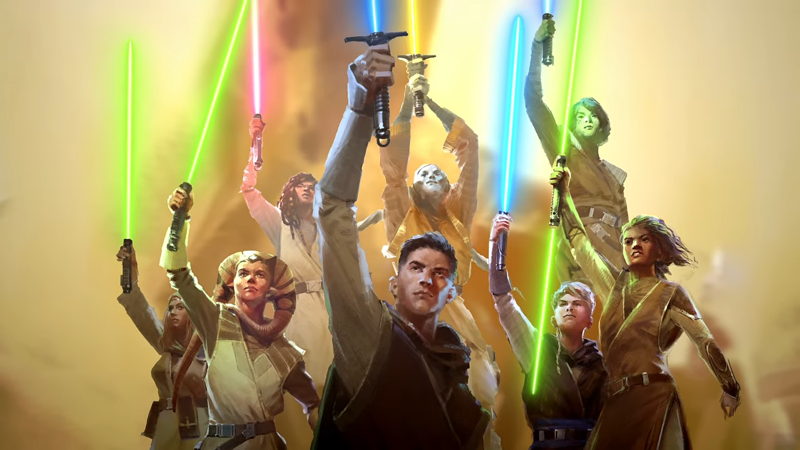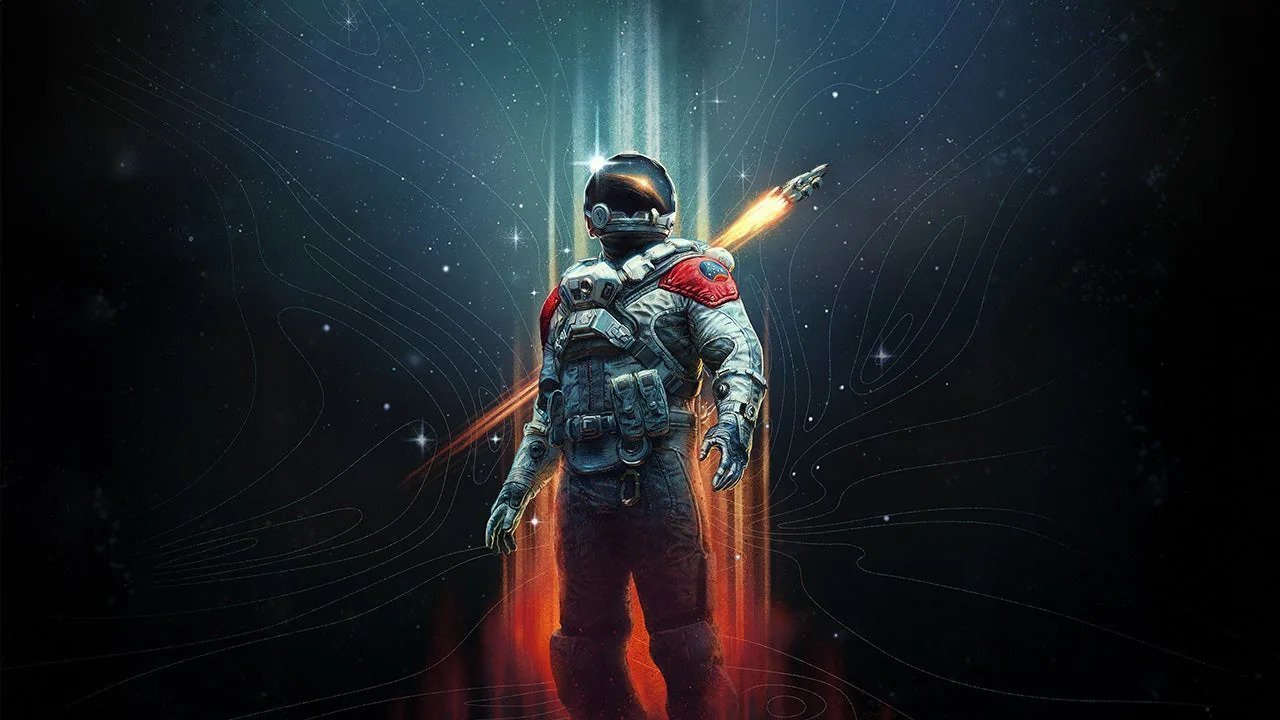Decoding 'Star Wars': Navigating The Dynamic Relationship Between Films, Books, And TV In A Galaxy Far, Far Away
Image Source: IGN
Star Wars is a rich tapestry of storytelling, with films, movies, games, books, and comics all creating a vast deep universe. However, for many who enjoy Star Wars, there does seem to be a hierarchy of importance when it comes to the media variants that make up the franchise. This hierarchy would be film, TV, games, books, and comics, where films and TV. get most of the eyes from wider audiences while books and comics tend to be more devoted to hardcore fans.
Despite this though these various media variants all do work with one another to create a rich and deep Star Wars galaxy. The best way to view how they all work together is like a river, sometimes you will have downstream storytelling when decisions from the films impact the books and comics, and other times you’ll have upstream storytelling when decisions made in the books and comics affect the TV and film side of things. These are a few examples of this downward and upward style of storytelling.
RELATED:
Downward Stream Storytelling
When it comes to what media variant influences Star Wars the most it is historically true that film is always at the top. That is the case with A New Hope back in 1977, The Phantom Menace in 1999 beginning the Prequel Era, and recently with The Force Awakens kicking off the Sequel Era. While the film may set the stage it does allow for that downstream storytelling to kick in where the books, games, and comics get to go deeper into areas the film may not have time to cover and allow for a richer understanding of the era.
The biggest example of books and comics expanding from the films would be Star Wars Bloodline by Claudia Gray released in 2016. This novel tells the backstory to The Force Awakens and the political machinations that led to the Rise of the First Order. Because it was a novel it was allowed to go deeper into the worldbuilding of the Star Wars Galaxy at that time in a way the Force Awakens didn’t do or even couldn’t do because it was a two and half hour movie. One other example of downstream storytelling was the Poe Dameron comic book series by Charles Soule detailing the adventures of Poe before the Force Awakens. With Poe being such a popular character, Lucasfilm wanted to capitalize on him and go deeper into his adventure before the movie began so fans who wanted to see more Poe Dameron would get their chance and appreciate the character more as they watch the movies. This also allowed fans to see a deeper look at the Resistance and their battles against the First Order, really fleshing out the Sequel Trilogy conflict.
In both cases, these are great examples of downstream storytelling where the films set the stage allowing other media to take advantage of the setting. This is what many fans consider the norm when it comes to Star Wars however we have seen in recent years a chance, beginning with the most beloved part of the Star Wars book fandom, the High Republic initiative.
Upward Stream Storytelling
Image Source: CultureSlate
Normally films or TV shows get to define an era of Star Wars, though recently this has not been the case with the start of the High Republc initiative. A series of books and comics set several hundred years before The Phantom Menace explores an era never before seen by audiences and fans alike. Through these books, a whole new avenue of storytelling has opened up creating new characters, factions, and plotlines for fans to latch on to and become invested in. The books themselves have also created a unique aesthetic for the era that did not originate from the films. This has created an interesting dynamic where we’ve been seeing a bit more of an upward stream of storytelling for the High Republic books and comics will have a massive influence on the upcoming Disney+ series The Acolyte that takes place during this period.
Other examples of upward-stream storytelling include characters such as Cobb Vanth from the Aftermath comics making an appearance and becoming a prominent character in The Mandalorian and The Book of Boba Fett. On the video game side Jedi: Fallen Order, one of the most beloved Star Wars video games, created Fortress Inquistorious, the evil lair of the Imperial Inquisitors that fans would see on screen in Obi-Wan Kenobi. When things that originate from books, comics, and games appear and influence the films and TV series, it really helps to make the Star Wars universe feel like a single cohesive place where every entry can influence the other in some way.
Decoding Star Wars Canon
Image Source: SWTorista
While there might be a hierarchy of importance among the media variants of Star Wars with films being on top and their influence reverberating across the franchise there can be examples of upstream storytelling happening when it’s the books, games, and comics that can influence the films or even tv shows. Star Wars is a rich universe because of the various ways stories are told and should never be narrowed down to just one thing. The galaxy far far away is big enough for all sorts of stories to be told, that is why fans have latched on to it for nearly forty years. Sometimes it just takes a little decoding to understand how all these media variants work in harmony with each other.
READ NEXT:















